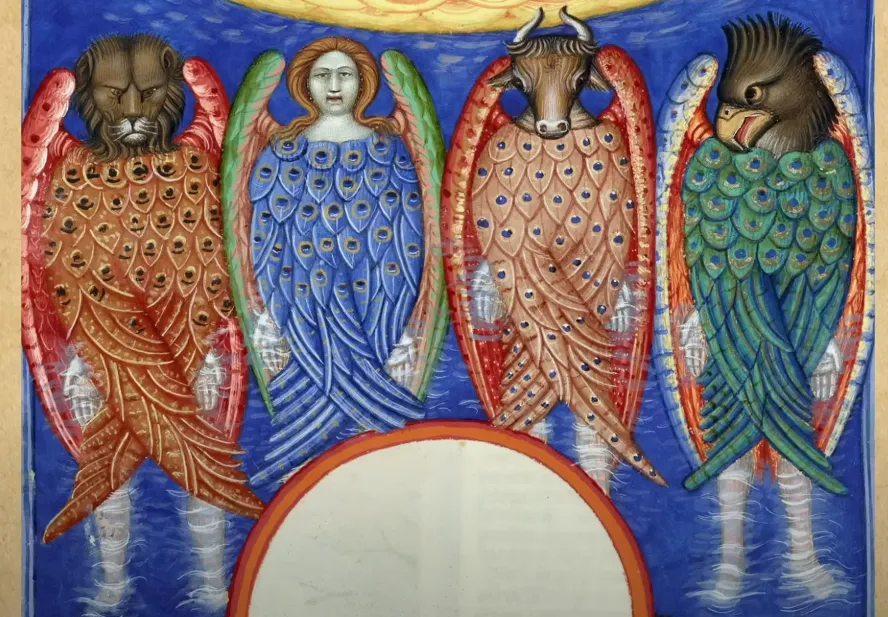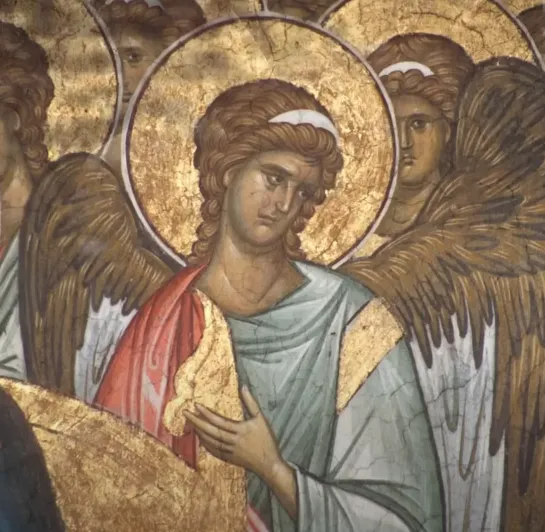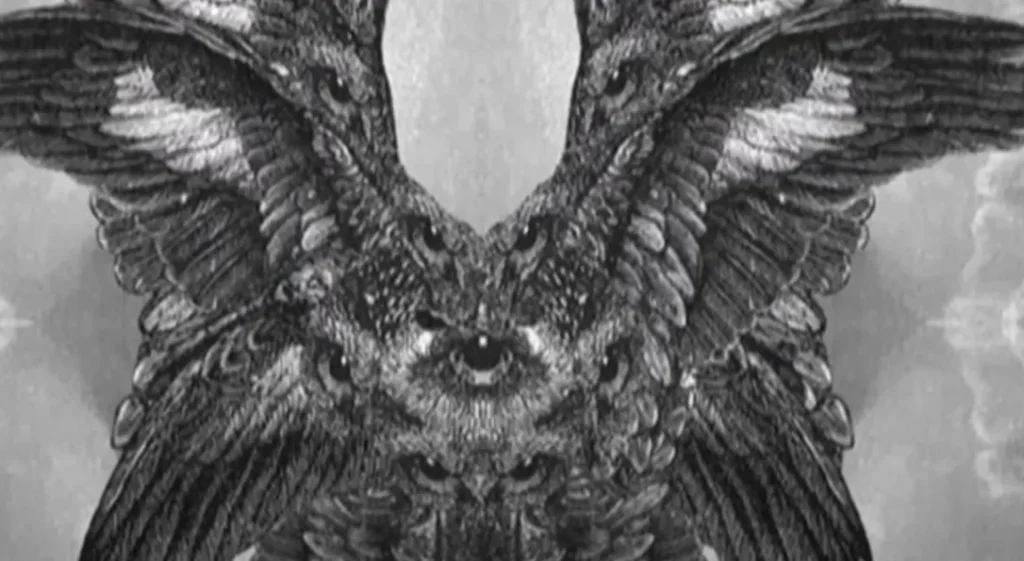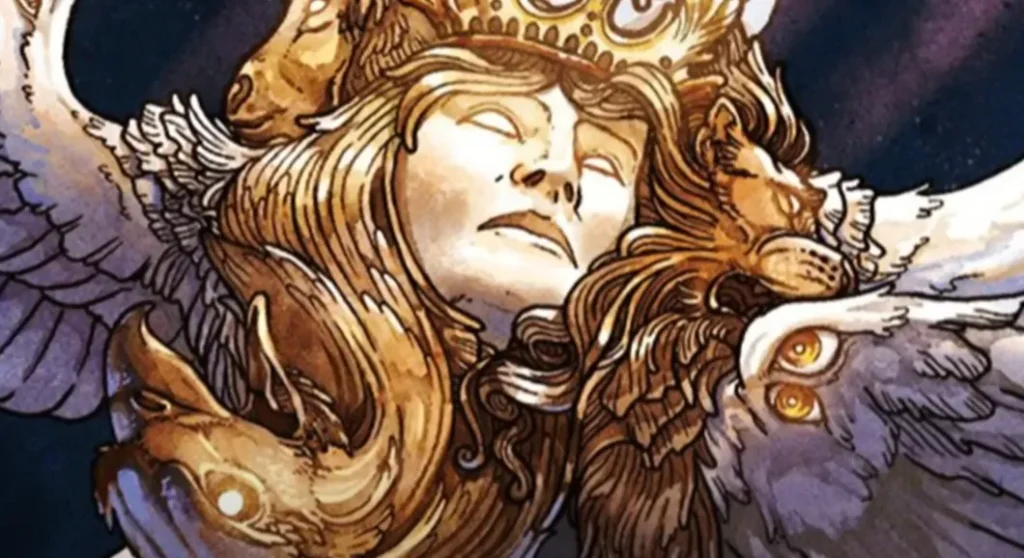When you think of angels, what comes to mind? Elegant beings in flowing white robes, with graceful wings and halos, right?
Or perhaps those cute little cherubs you see on Valentine’s Day cards, with their chubby faces and tiny bows. These images are comforting, but they’re far from what the Bible actually describes.
In reality, the angels mentioned in the Bible are nothing like the serene, beautiful figures we’ve grown accustomed to.
In fact, they might be more at home in a horror story than on a Christmas card. Let’s dive into what the Bible really says about these heavenly beings—and why they might not be what you expect.
The Real Biblical Angels: A Far Cry from Hollywood
The word “angel” comes from the Greek “angelos,” which means “messenger.”
In the Bible, these messengers often appear to deliver God’s word or act on His behalf. But here’s where it gets interesting: while some angels appear in human form, others are described in ways that are anything but human.
Take the Cherubim, for example. These beings first appear in the Book of Genesis, guarding the Garden of Eden after Adam and Eve are banished. Unlike the cherubs we know from popular culture, the biblical Cherubim are described in the Book of Ezekiel as having four faces—those of a human, a lion, an ox, and an eagle.

They have straight legs, feet like a calf’s hoof, and are covered in wings and eyes. They move in any direction without turning, accompanied by the sound of rushing waters and flashes of lightning.
These Cherubim resemble the mythical creatures of ancient Mesopotamia more than anything we’d associate with angels today.
The Seraphim: Fiery Beings with Six Wings
Moving up the heavenly hierarchy, we encounter the Seraphim. These angels are described in the Book of Isaiah as having six wings—two to cover their faces, two to cover their feet, and two for flying. Constantly surrounding God’s throne, they chant “Holy, holy, holy is the Lord of hosts; the whole earth is full of His glory.”
The name Seraphim comes from the Hebrew word “saraf,” meaning “to burn,” which could link them to fiery serpents. Some scholars even suggest that their form might have been inspired by the imagery of flaming cobras in Ancient Egypt.
The Ophanim: Mysterious Wheels with Eyes
Perhaps the most bizarre of all are the Ophanim, also known as the Wheels. These beings are described in Ezekiel’s vision as interlocking wheels covered with eyes. They move in perfect harmony with the Cherubim, carrying God’s throne wherever it goes.
The wheels are both a symbol of divine omnipresence and a mysterious enigma. Some conspiracy theorists have even speculated that the Ophanim might be ancient descriptions of UFOs, but biblical scholars tend to see them as symbols of God’s inscrutable nature.
Why Do Angels Look This Way?
So, why do these angels look so strange? The truth is, the Bible’s depiction of these beings is deeply rooted in the ancient cultures of the Near East.
The Cherubim, Seraphim, and Ophanim bear similarities to mythological creatures from Babylonian, Egyptian, and other ancient traditions.
These cultures influenced the biblical writers, who used familiar imagery to convey the power and mystery of God’s messengers.
Angels: More Than Meets the Eye
While the Bible’s descriptions of angels might be unsettling, they remind us of something important: God’s ways are far beyond our understanding.
These heavenly beings are not just messengers—they are powerful, awe-inspiring, and sometimes terrifying, reflecting the majesty and mystery of the Creator they serve.
So the next time you picture an angel, remember that these beings are much more complex—and much more extraordinary—than the gentle figures we often see in art and media. They are a reminder that the spiritual realm is vast, mysterious, and far more intricate than we can imagine.
Johnny specializes in content related to Jesus, the Bible, and religious topics. With a profound understanding of spirituality, Johnny’s articles are both insightful and inspiring, guiding readers through the complexities of faith.








